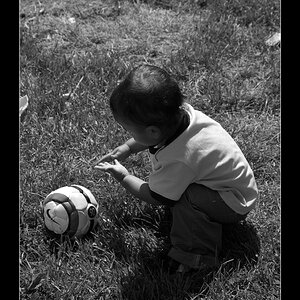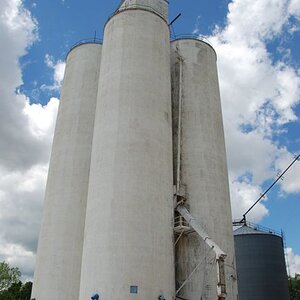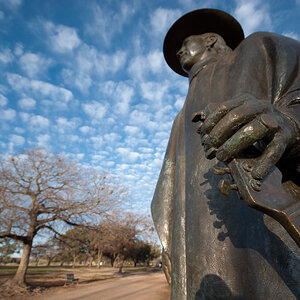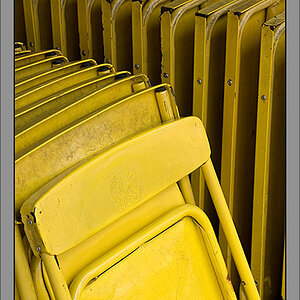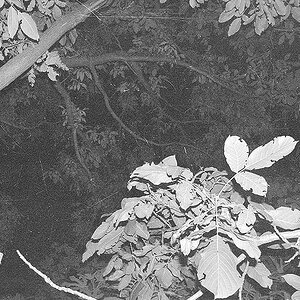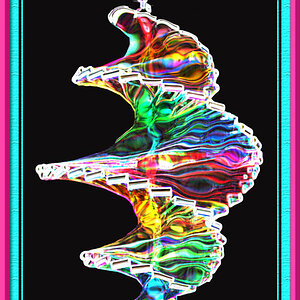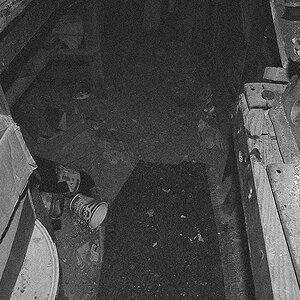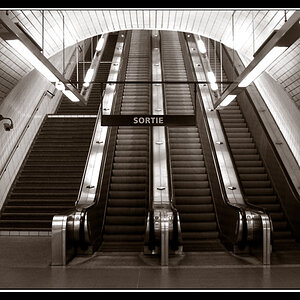kundalini
Been spending a lot of time on here!
- Joined
- Jul 18, 2007
- Messages
- 13,607
- Reaction score
- 1,937
- Location
- State of Confusion
- Can others edit my Photos
- Photos NOT OK to edit
Practice and luck go hand-in-hand to get good shots of fast moving critters. I'm out of practice and luck was laughing at me yesterday, but I'm posting these anyway as a motivator for me to get back on track.
These were shot using a D300 with 105mm f/2.8 lens and manual focusing.
I tried using a flash to begin with just to see if it would work.
SB800 in TTL, f/6.3, 1/250s, ISO200

No flash, f/3.2, 1/8000s, ISO800

These were shot using a D300 with 105mm f/2.8 lens and manual focusing.
I tried using a flash to begin with just to see if it would work.
SB800 in TTL, f/6.3, 1/250s, ISO200

No flash, f/3.2, 1/8000s, ISO800

Comments appreciated. Thanks for looking.







![[No title]](/data/xfmg/thumbnail/30/30879-16ad830465e571dee0a784c7fa122909.jpg?1619734493)
